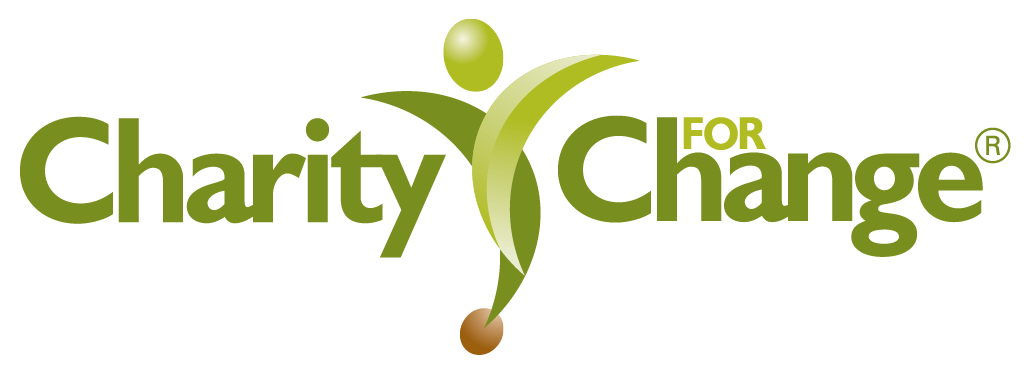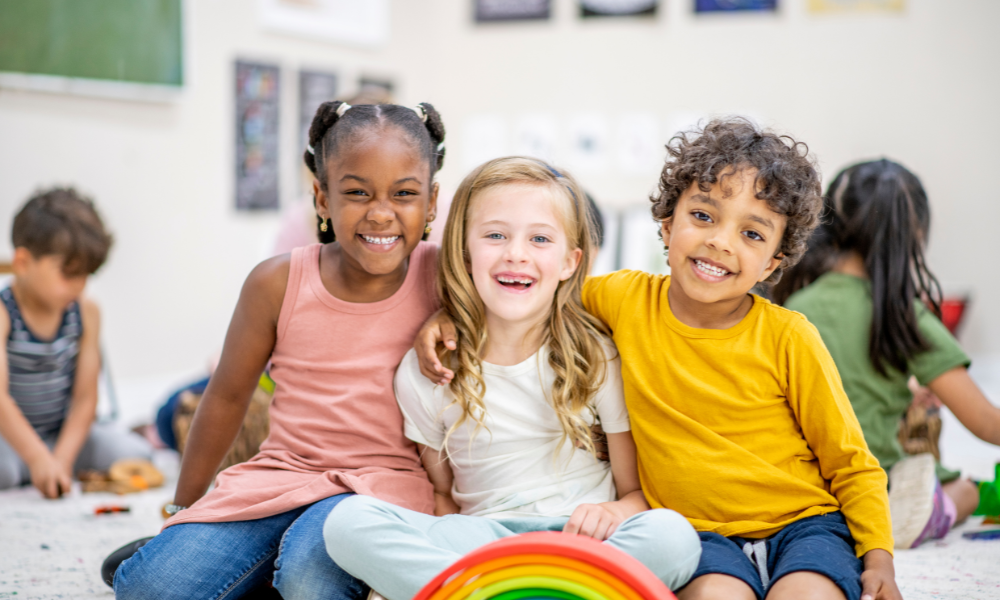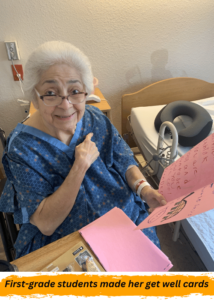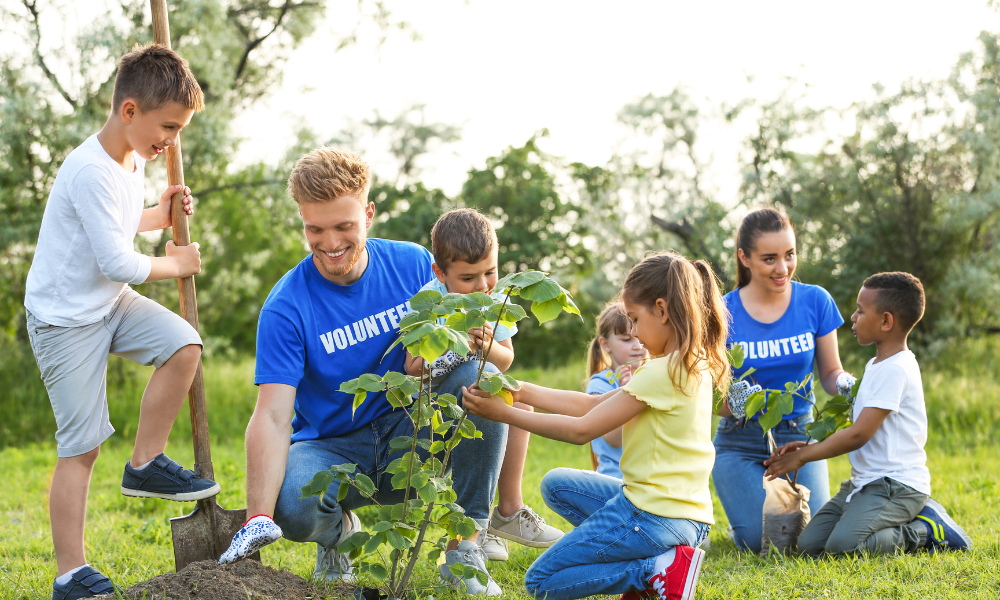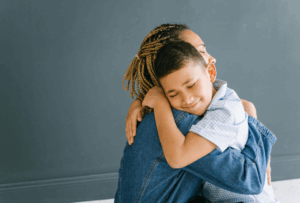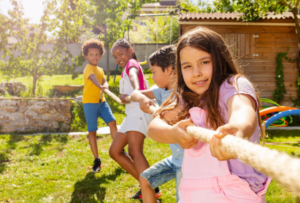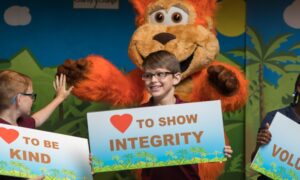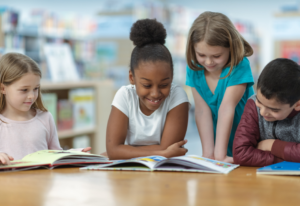A clear citizenship definition for kids revolves around the idea of being an active and responsible member of a community. Teaching children about citizenship can be fun and inspiring! Students learn what it means to be a good citizen through activities that allow them to experience making a difference in their family, classroom, or community. Join us as we break down this concept into simple terms and share activities designed to inspire and engage young minds.
"Citizenship is the chance to make a difference to the place where you belong."
Charles Handy Tweet
Our Simple Citizenship Definition for Kids
The Charity for Change Program integrates academics and character education, in which students practice nine character traits, such as citizenship, respect, and kindness. When teaching children citizenship, we define it as “being a responsible member of a community.” Citizenship encompasses values and behaviors that nurture a sense of ownership for their roles at home, school, and society.
The Benefits of Citizenship for Children
Teaching children about citizenship offers several key benefits:
- Gives Them a Voice. Citizenship empowers children to have a say in their schools, communities, and society. When they express their opinions and participate in decision making, they discover the impact they can make.
- Encourages Positive Contributions. When students understand their rights and responsibilities, they’re empowered to contribute positively.
- Prepares Them for Adulthood. Citizenship education prepares students for the challenges of adult and working life, which requires being a responsible and active member.
- Boosts Confidence and Self-Efficacy. Citizenship helps children develop confidence and self-efficacy, which equips them to handle challenges such as bullying and discrimination.
How to Teach Citizenship in the Classroom
Classrooms play a pivotal role in fostering good citizenship. After all, the classroom is the first place a child’s community starts to grow, and their impact is keenly felt in the classroom community. This process helps kids cultivate a sense of ownership for their roles and contributions at home, school, and the broader community and creates a better future for everyone!
Fun Activities to Teach Good Citizenship
- Acts of Kindness Challenges: Create challenges that prompt students to carry out acts of kindness, such as helping a classmate or showing care to someone in need. Celebrate their compassion and discuss how these actions help make them good citizens.

- Kindness Journals or Drawings: Depending on their age, children create a kindness journal or set of drawings to record acts of kindness they’ve witnessed or performed.
Engage in Community Service Together: Involve children in age-appropriate service projects, such as cleaning up a local park or organizing a classroom food drive. These experiences help them take responsibility for their community and show them the impact of their contributions.

Good Citizen Awards: Give out “Good Citizen Awards” during the month your class studies citizenship to celebrate students whenever they display any of the good citizenship traits: integrity, respect, responsibility, tolerance and cooperation. Perhaps a student showed integrity when they noticed a mistake in their test score and told the teacher, even though it would lower their grade. Or a child showed respect and cooperation by sharing their toy. Give these children a Good Citizenship Award with something as simple as a large star sticker that represents the Award. This helps children recognize what the good citizenship trait is, encourages positive behavior, and boosts self-esteem!
Create a Classroom Constitution: Students engaged in the Charity for Change Program recently participated in the “Classroom Constitution” activity. Students collaboratively developed a set of classroom rules. Here are a few of the rules the students came up with:
- Act appropriately. One student explained why they chose this classroom rule, “It is important because you could do something to offend someone else without knowing. It would make kindness spread through our school.”
- Don’t judge others. Students included this because, “It will make people more feel comfortable and new kids feel welcomed. Also, people will not be afraid to be themselves.”
Educators shape a brighter future by nurturing a generation of responsible and engaged citizens. We hope you enjoy trying some of these ideas to teach citizenship and inspire young minds to embrace their role in creating a better world.
Are you looking for a curriculum that includes character and citizenship education?
Charity for Change is an engaging curriculum that integrates character education, service learning, math and language arts. The program includes project-based activities, interactive videos, and so much more!
Educators need a curriculum that fits these needs:
- Easy to implement
- Meets funding requirements & life skill competencies
- Rigorous, flexible, evidence-based content
- Provides daily activities that are fun and engaging
- Affordable
The Charity for Change curriculum fits all these needs for afterschool and summer programs!
We’re happy to give you a demo of the program!

Karen Conley
Founder and CEO of Charity for Change
References
Roosevelt, E. “Good Citizenship: The Purpose of Education.” Eleanor Roosevelt Papers Project, Columbian College of Arts & Sciences. Retrieved from: https://erpapers.columbian.gwu.edu/good-citizenship-purpose-education
Young Citizens. “Importance of Citizenship Education.” Young Citizens. Retrieved from: https://erpapers.columbian.gwu.edu/good-citizenship-purpose-education
